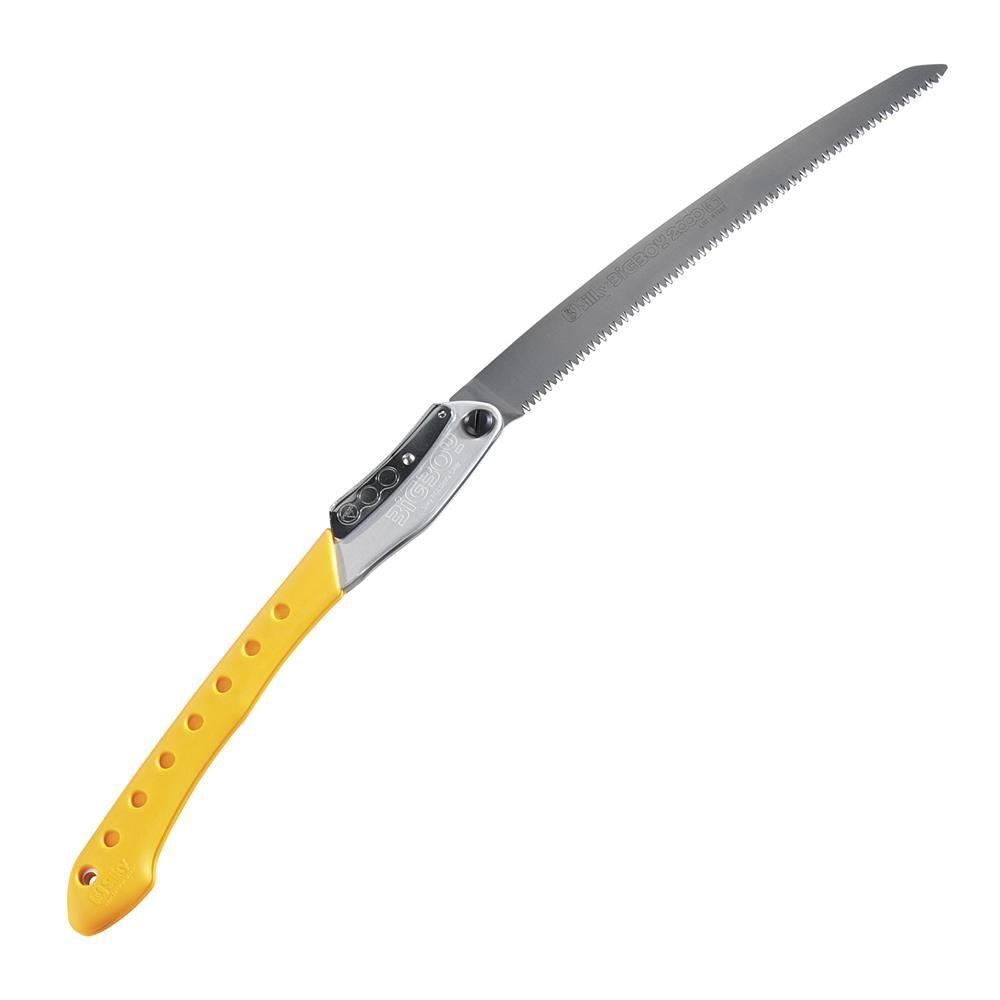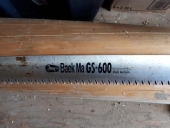
 8
8




A build too cool to miss:Mike's GreenhouseA great example:Joseph's Garden
All the soil info you'll ever need:
Redhawk's excellent soil-building series





 2
2





 1
1




A piece of land is worth as much as the person farming it.
-Le Livre du Colon, 1902
 1
1




A build too cool to miss:Mike's GreenhouseA great example:Joseph's Garden
All the soil info you'll ever need:
Redhawk's excellent soil-building series





 2
2




 5
5




Moderator, Treatment Free Beekeepers group on Facebook.
https://www.facebook.com/groups/treatmentfreebeekeepers/





 3
3




“The most important decision we make is whether we believe we live in a friendly or hostile universe.”― Albert Einstein
 4
4








Moderator, Treatment Free Beekeepers group on Facebook.
https://www.facebook.com/groups/treatmentfreebeekeepers/





 3
3




John Weiland wrote: So....would not a greater kerf, even at the expense of more dust, prevent blade binding more? I realize that greater kerf might mean greater energy needed per saw stroke...
You are welcome to check out my blog at http://www.theartisthomestead.com or my artwork at http://www.davidhuang.org
 1
1




“The most important decision we make is whether we believe we live in a friendly or hostile universe.”― Albert Einstein




Michael Cox wrote:A useful bow saw safety tip...
If you hold the work with your left hand, and saw with the right, then the saw can jump and mangle the back of your left hand.
Pecan Media: food forestry and forest garden ebooks
Now available: The Native Persimmon (centennial edition)

|
today's feeble attempt to support the empire
Rocket Mass Heater Resources Wiki
https://permies.com/w/rmh-resources
|




